Main Content
Now is the ideal time to control yellow nutsedge (Cyperus esculentus). This plant is a perennial that grows best during the heat of summer and survives the winter through underground tubers. While the drought may have limited nutsedge emergence in unirrigated areas, it is visible and rapidly growing in irrigated beds and lawns.
Yellow nutsedge and other sedges look similar to grasses, but sedges have a unique triangular stem. This triangular stem results in a three-ranked leaf arrangement. While many sedge species can be found in the lawn and garden, yellow nutsedge is the only perennial sedge found in New Jersey and is far more difficult to control than annual sedges.
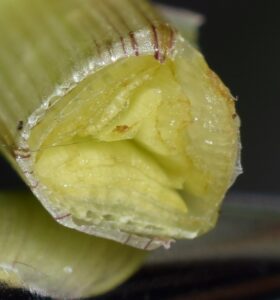
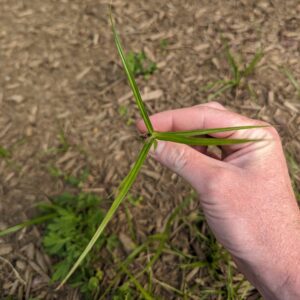
Yellow nutsedge is a perennial through tubers. The aboveground plants and rhizomes are killed each winter and the tubers are the source of the infestation each spring. Initiating nutsedge control measures now will prevent the formation of new tubers and make this weed less problematic in the future.
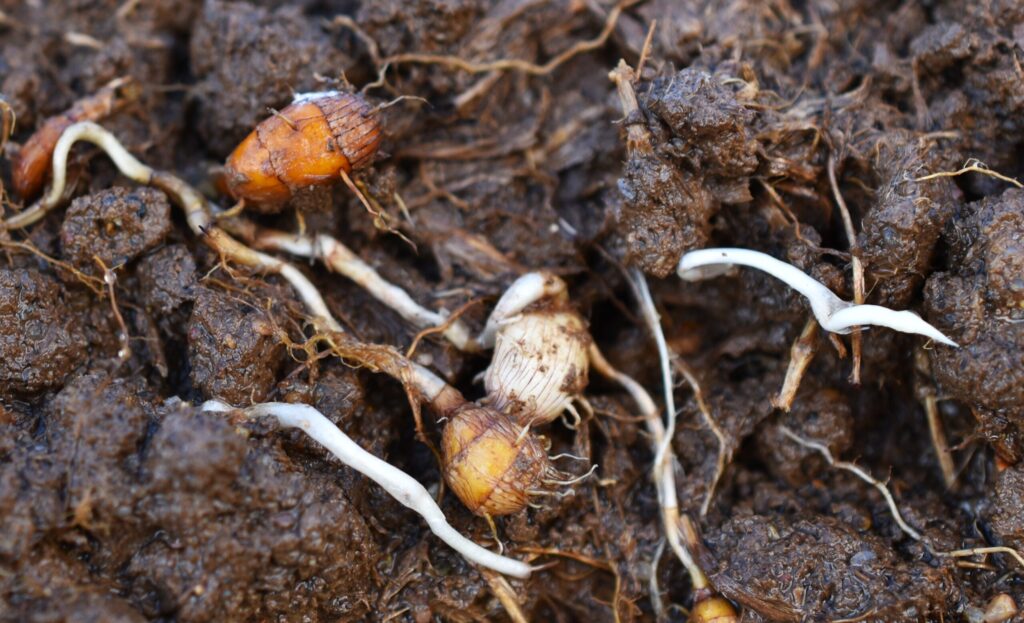
Lying dormant during winter up to several inches below the surface, nutsedge tubers sprout in spring, giving rise to new plants aboveground. These plants then produce rhizomes (underground stems) that form more plants and tubers for next year (and beyond). If left unchecked, a single tuber sprouting in spring can produce thousands of new tubers by the end of the summer.
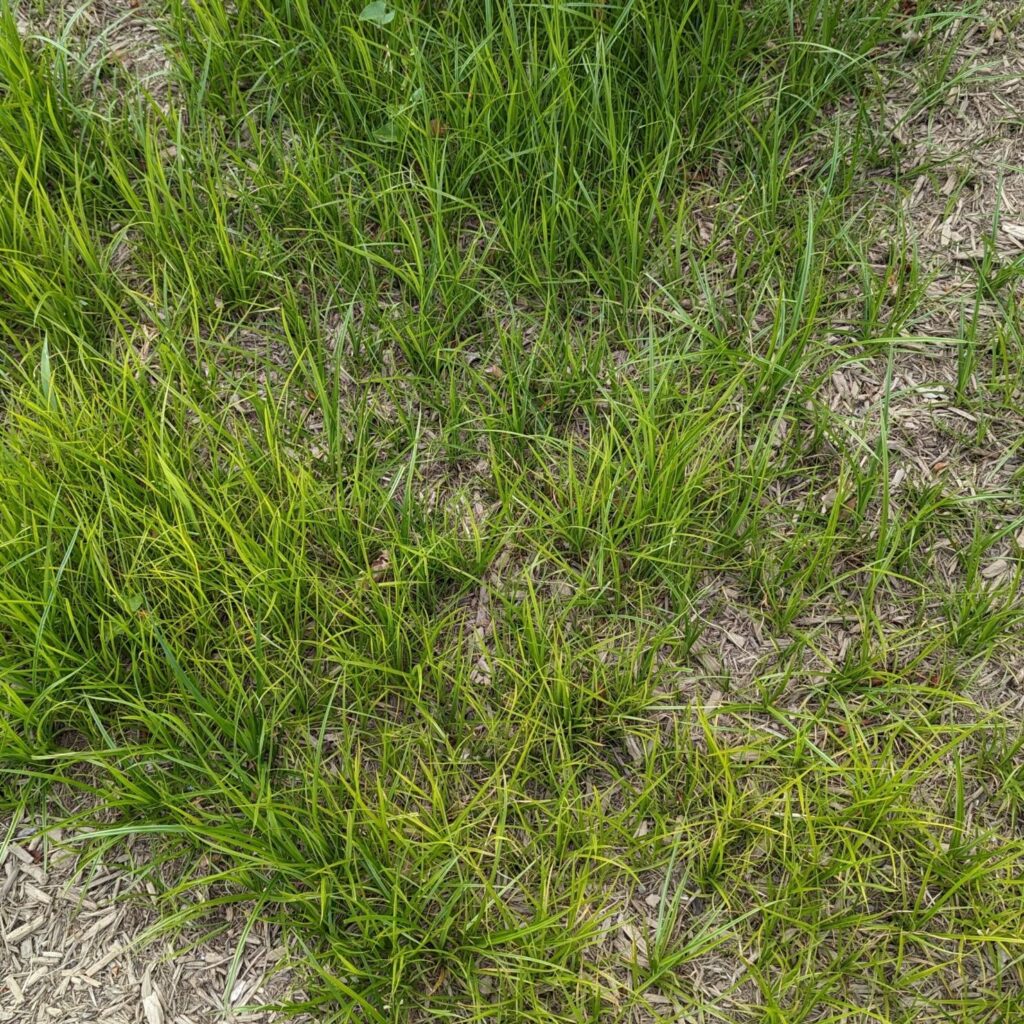
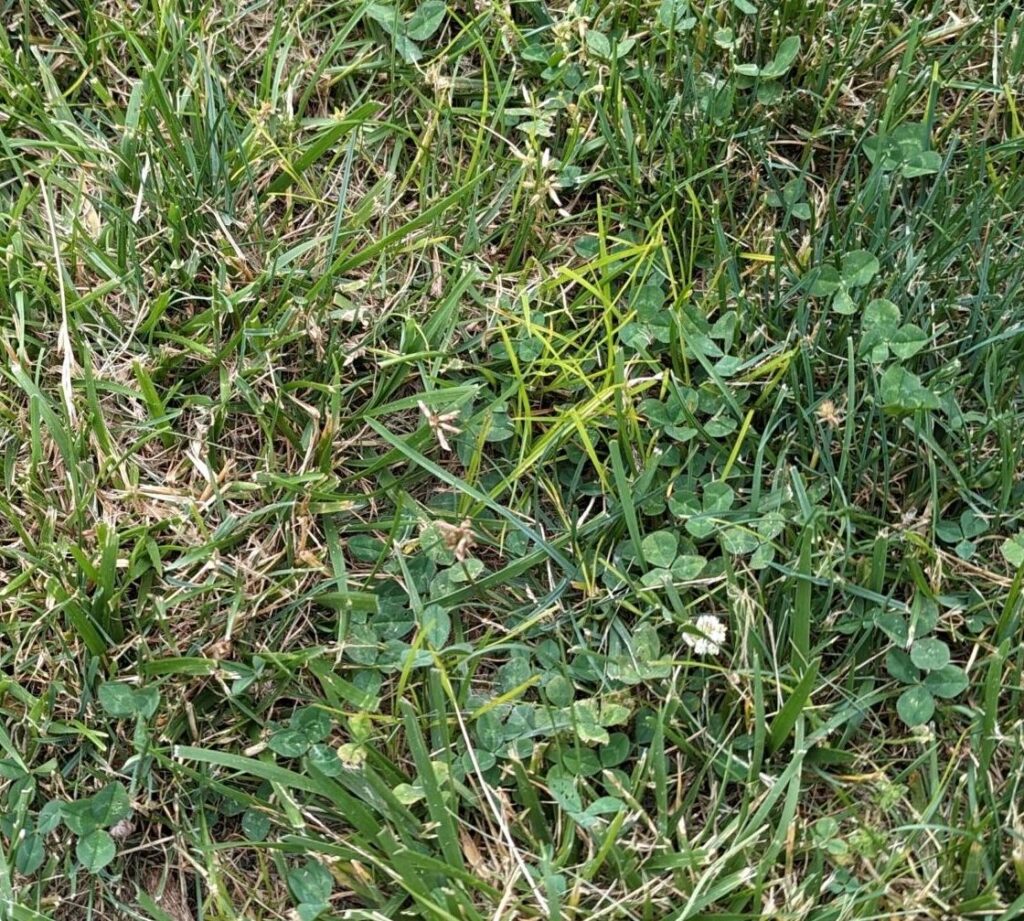
Implementing strategies to control nutsedge now before it forms tubers is critical to get rid of this weed. Right now in early June, yellow nutsedge shoots are producing rhizomes but have probably not yet begun producing tubers. Treating nutsedge with herbicide now and again in 6 to 8 weeks (if green shoots are visible) is an ideal strategy.
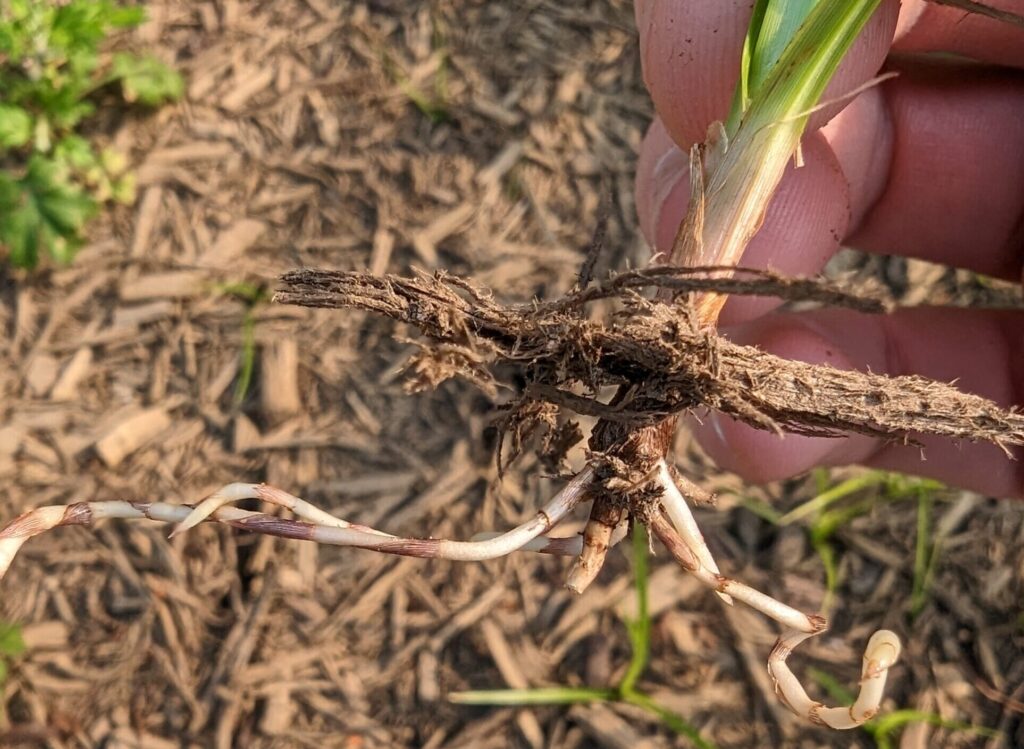
The herbicide halosulfuron can be used for selective sedge control in both lawns and ornamental beds. It is safe to the turfgrass and can be applied around ornamental plants. Numerous formulations are available for professionals. A user-friendly product for non-professionals is Sedgehammer®+, which is widely available and sold in small pouches with the exact amount to mix into a gallon of water for a pump sprayer. This product also contains the surfactant halosulfuron needs for best nutsedge control. Halosulfuron is systemic (moves in the plant), but slow to work, so it will be 2 to 4 weeks before there are noticeable results.
Nutsedge tubers can persist for several years in the soil, so one year of herbicide treatment will not eliminate yellow nutsedge. But treating now and once more later in the season will reduce the severity of the problem in future years. This approach is better than waiting until mid or late summer for the first application.
Combine herbicide programs with non-chemical management to improve control. More than other weeds, nutsedge is poorly competitive in shade and in dry soils. You may notice nutsedge in thinner areas of the lawn. Focusing on turf management practices that increase lawn canopy density during the autumn (e.g. N fertilization and seeding) will result in fewer herbicide applications the future. Do not apply halosulfuron sooner than 4 weeks before seeding turfgrass. Modifying landscape beds to reduce large spaces between plants can be similarly combined with herbicide programs for better long-term control. Fixing poorly drained areas and being careful not to over irrigate may also help manage nutsedge.
It is possible to eliminate yellow nutsedge by hand weeding or by using OMRI-approved herbicides (which are non-systemic). But keep in mind, pulling shoots or killing with non-systemic herbicides usually signals the tubers to produce many new shoots. So, hand-weeding or spraying more frequently than with systemic herbicides like halosulfuron is necessary. Digging the tubers is not practical as they are several inches underground and many are too small to be easily seen.